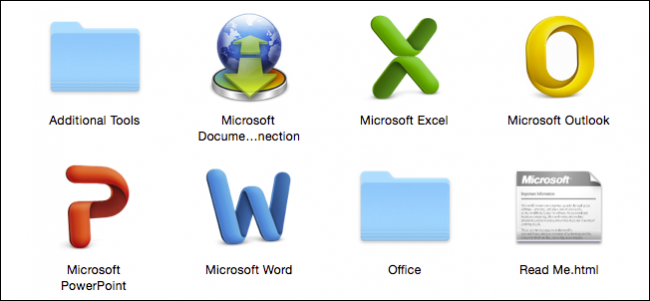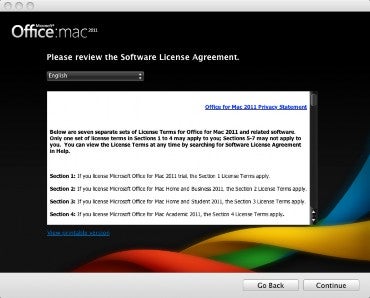

When you install an app on your Mac, the piece of software arrives as part of a package of files, including permissions that tell MacOS which users can do what things with specific files. Next, let's clean up the applications you are keeping.

The last option, Reduce Clutter, lets you review large files, downloads and unsupported apps and manually delete those you no longer need. The third option automatically cleans out the trash, removing items that have been sitting in the Trash for more than 30 days. The second option lets you optimize storage for the TV app by removing downloaded movies and shows after you watch them. Upgrading to 50GB will cost you $0.99 a month, and the two bigger plans offer 200GB for $2.99 a month or 2TB for $9.99 a month. Keep in mind that you will likely run up against the free 5GB allotment on iCloud and begin to pay for space on Apple's cloud. If you snap lots of photos with your iPhone ( $499 at Apple), using the iCloud Photo Library is probably this single biggest space saver for your Mac.

And you can store full-resolution photos in iCloud and keep what Apple calls "optimized" versions on your Mac that take up much less space. You can move all the files stored on your desktop and Documents folder from your Mac's drive to iCloud. The first lets you use iCloud to offload files, photos and text messages. Here, you'll see four recommendations for reclaiming free drive space. If you are approaching maximum capacity, click the Manage button to free up some space. You can check out how much free space remains on your MacBook's drive by clicking the Apple logo in the top left, select About This Mac and then click the Storage tab. The more crowded its SSD becomes, the slower it will run. Sometimes, all your MacBook needs is a data cleanup. With your Mac's drive freshly backed up, you may proceed. Grab an external drive and run Time Machine. Before we begin, allow me a word of caution: back up your data before diving in.


 0 kommentar(er)
0 kommentar(er)
